
Vintage Baking Tips for National Bake Week
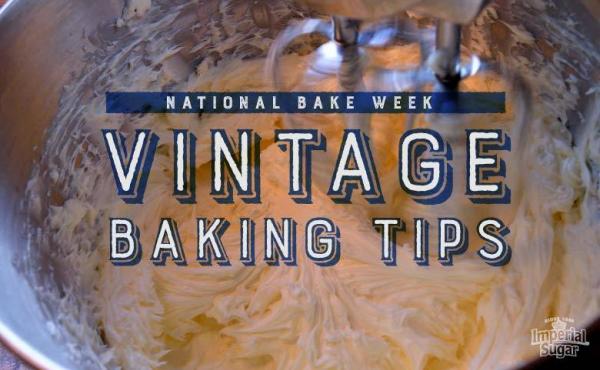
In case you needed the motivation, and we know many of you don’t, it’s National Bake Week! And it’s during this week that we want to thank and honor you. You hostess with the mostess, who bakes up a storm for birthday parties and baby showers. You organization aficionado whose cake pans and cookie sheets are all in a row, and who always has a jar of sugar within easy reach. You local expert whose family and friends are always asking for baking tips, like which pan to use or when to use a silpat. We honor you because without your experimenting, your feedback and your love of cooking, Imperial Sugar wouldn’t be where we are today. Your ingenuity and genuine love of all things baking is a big part of why we exist. And that’s why we’re a little more sentimental and feeling extra sweet this week. With all of this sweetness in our souls, we’d love to share some baking tips to take your baking to the next level. We know even the most seasoned of bakers can always use some new “hidden secrets,” and we have some age-old wisdom to share. We’ve dug through our vintage archives to see what bakers across generations have done to make baking a piece of cake. (Pun intended.) And this bake week, we hope these baking tips inspire and inform you to keep growing as a cook, chef or baker extraordinaire.
Choosing the Cake Plate “The size: A tray or plate 4 inches larger than the cake is about right. This allows a two-inch border all around the cake. A plate which is too small may make the cake look clumsy — one that is too large will dwarf the cake.” - From Icings, Frostings and Cake Decorating Made Easy
Success Makers “When directions call for adding sifted dry ingredients alternately with liquids, always begin and end with the dry ingredients.” - From Teena in the Kitchen: with her friends best recipes
A Sugar Scoop “To properly cream sugar . . . always add sugar to fat gradually, mixing until a light, fluffy mass is formed, having the consistency of whipped cream. A few baker’s secrets . . . 2 Tbsp of boiling water added to the creamed sugar will produce a finely textured cake. Two Tbsp of hot milk will produce a close grain and solid texture. Two Tbsp of warm lemon juice will produce a light and flavorful cake. (Add a pinch of baking soda when using lemon juice to offset acidic effect of the lemon)” - From Homemade Good News Volume II - No. 4
Some Causes of Cake Failure “When cake humps in the middle or cracks on top: Butter Cake: Flour over-measured or liquid under-measured; Sponge Cake: Too much flour or overbeaten eggs. When crust is sticky: Too much sugar or cake underbaked. When crust is tough: Butter Cake: Insufficient shortening or sugar; Sponge Cake: Too much sugar or oven too hot. When cake is heavy: Butter Cake: Finished batter overbeaten or cake baked at incorrect temperature; Sponge Cake: Ingredients overmixed. When cake has coarse texture: Butter Cake: Insufficient creaming of shortening and sugar; Sponge Cake: Underbeaten eggs or ingredients not well enough blended to distribute air. When cake is dry: Butter Cake: Insufficient shortening or overbeaten egg whites; Sponge Cake: Overbeaten whites or too much flour. When butter cake crumbles and falls apart: Too much shortening or baking powder, or oven not hot enough.” - From Aunt Cora’s Book of Unusual Cakes and Cookies From our kitchen to yours, we wish you very happy baking this week! May your ovens stay warm and your bellies stay full of fresh-baked goodies.
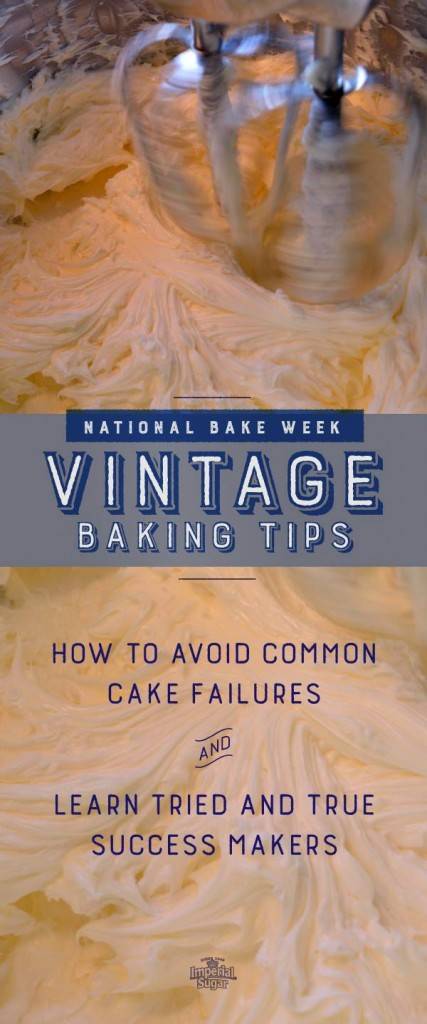
 then
then  Add IMPERIAL SUGAR to Home Screen
Add IMPERIAL SUGAR to Home Screen
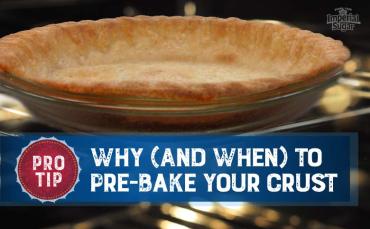
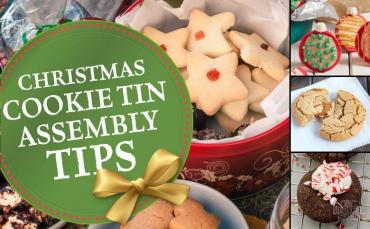
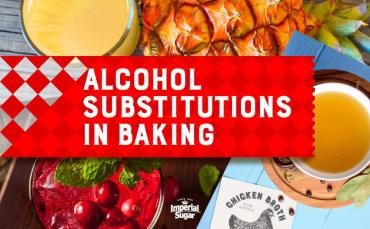
Sign in or create an account
You need an account to like and rate recipes, comment, and share a recipe with the community.
Continue with Facebook